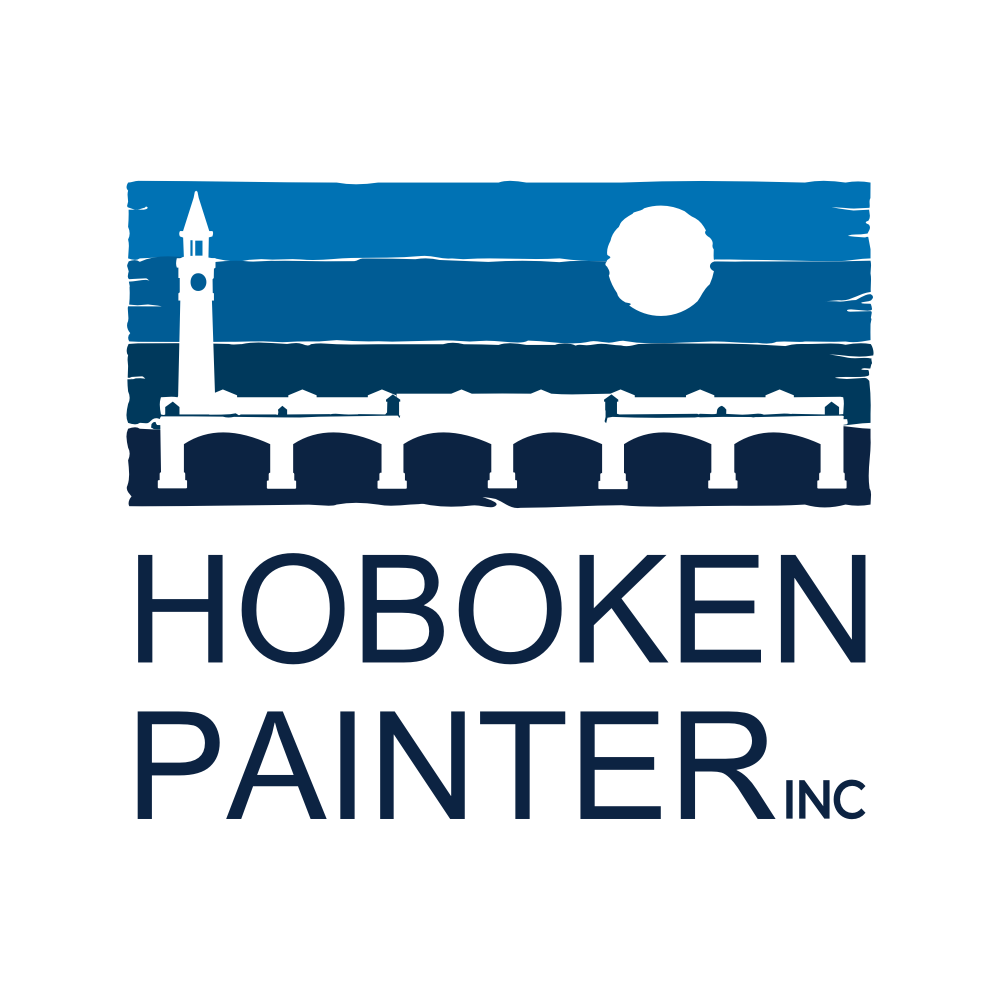The Vibrant History of Hoboken, New Jersey
Hoboken, New Jersey, may be known today for its vibrant nightlife, a plethora of restaurants, and beautiful views of Manhattan, but its history is as rich and varied as the city itself. Nestled on the western banks of the Hudson River, this mile-square city has played a significant role in shaping the region's social, economic, and cultural landscape.
The story of Hoboken begins thousands of years before the arrival of European colonists, with the Lenni-Lenape tribe of Native Americans. The Lenape called this area 'Hopoghan Hackingh,' meaning 'land of the tobacco pipe.' The Native Americans used the area mainly for seasonal hunting and fishing until European contact.
The first recorded European to set foot in the area was Henry Hudson, an English sea explorer and navigator, in 1609. Over the next century, the region passed hands from the Dutch to the English, and in 1664, it became a part of the English colony of New Jersey.
In the early 19th century, Colonel John Stevens, a prominent figure in American engineering, acquired Hoboken through a public auction. Colonel Stevens had a vision for Hoboken as a residential area with industrial capacities. He developed the city's waterfront, introduced steam ferries, and in 1825, inaugurated the first regular steam-powered ferry service between Hoboken and Manhattan.
Stevens was not only instrumental in the development of the city but also in the advancement of American technology. His family continued his legacy, founding the Stevens Institute of Technology in 1870, which is one of the oldest technological universities in the U.S.
The 19th century saw Hoboken flourish as a hub for industries, including shipbuilding, manufacturing, and the production of textiles and machinery. The city's strategic location made it an ideal gateway for immigrants arriving from Europe. Many German immigrants, in particular, made Hoboken their home, establishing beer breweries and contributing to the unique cultural fabric of the city.
The city’s waterfront and its proximity to New York City made it a crucial strategic point during both World Wars. During World War I, the Hamburg American Line piers in Hoboken were seized by the U.S. government and served as the primary point of embarkation for over three million soldiers, earning Hoboken the nickname "Gateway to the West."
In World War II, the city again played a critical role as a major port of the Military Ocean Terminal, helping the war effort by serving as a logistical and supply center.
Post-war, Hoboken experienced economic decline due to industrial downturn and suburbanization, leading to a decrease in population and growth. However, the late 20th century brought revitalization. The city's remarkable waterfront was rediscovered, old factories were converted into apartments, and artists and young professionals started moving into the city, attracted by its charm and proximity to New York City.
One can't speak of Hoboken's history without mentioning its rich contribution to American pop culture. It is the birthplace of Frank Sinatra, and the site where the first recorded baseball game was played. It is also home to Carlo's Bakery, made famous by the reality TV show "Cake Boss."
Today, Hoboken stands as a vibrant, bustling city with a rich history that is reflected in its historic sites, diverse population, and cultural landmarks. Its story tells of resilience, innovation, and cultural amalgamation, truly encapsulating the American spirit. Through understanding its past, we can appreciate the dynamic city that Hoboken is today.
